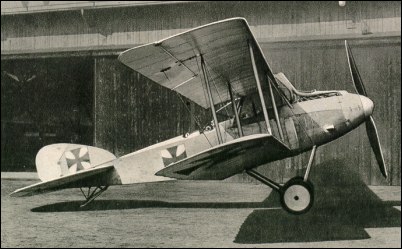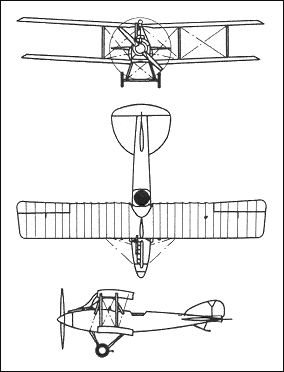 |
Albatros C V/C VII1916 |  |
| RECON | Virtual Aircraft Museum / Germany / Albatros |
 |
The career of the C.V was short and dogged by trouble. It was aerodynamically a much improved aircraft with a beautifully streamlined fuselage, which tapered into a rounded nose section, and introduced a low-profile rounded fin and rudder. Power was provided by the new 164kW Mercedes D.IV engine, the cause of its eventual downfall. It was initially produced as the C.V/16, but this model proved heavy to fly and experienced serious problems with its cooling system. To remedy this the C.V/17 was produced, featuring a new lower wing with rounded tips, a new radiator fitted to the upper wing (instead of the two rounded radiators previously fitted to the fuselage sides forward of the wings), balanced ailerons and elevators and other refinements. These made a considerable difference to the handling and cooling, but the problems with the crankshaft of the engine remained and meant that only a small number of C.V became operational. Max level speed was 170km/h. C.VII The success of this aircraft in reconnaissance and other roles somewhat vindicated the C.V. It was generally recognised that the Mercedes engine had been the greatest problem with the C.V and so the new C.VII was fitted with a 149kW Benz Bz.IV. A return to the C.V/16's lower wing and radiator layout was made, resulting in an aircraft with fine handling qualities and an excellent performance. C.VII served during 1916 and 1917 in all battle areas and were often used as tactical light bombers.
|  COMPANY PROFILE | |||||||||||||||||||||||||||||||||||||||||||||||||||||||
 |

|

